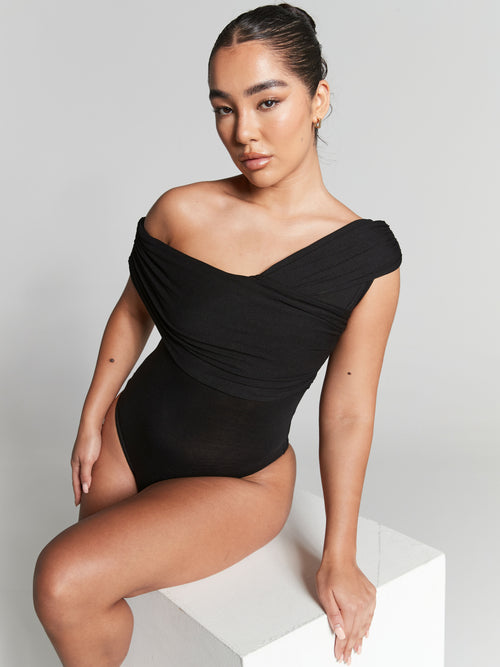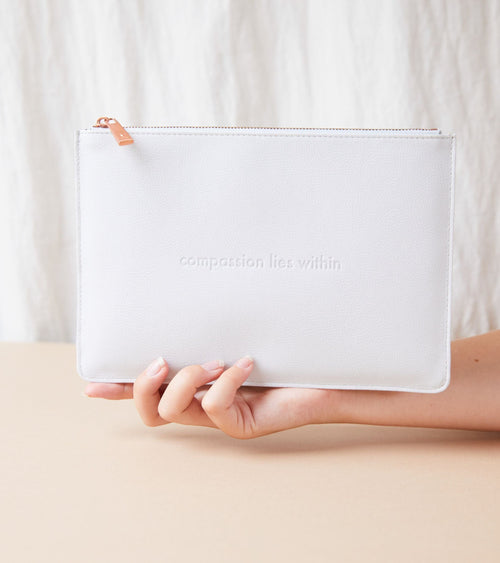In the Carnavalet museum, nestled in the Marais district of Paris, visitors can peek into the private bedchamber of Marcel Proust. Its plain but comfortable interior has been painstakingly recreated; and it is here, in the single brass bed, where he laid and wrote the best part of “Á la Recherché du Temps Perdu”. The room is a little dark and macabre but your eyes are immediately drawn to the cork-lined walls. This feature is unusual for the era and yet in the same museum the cork-lined bedroom of Anna de Noailles can be found. Noailles, a Romanian-French socialist, feminist and writer, was a friend of Proust and he used the cork on her advice, not only to soundproof his room but to protect him from allergens. The idea that good design needs comfort at its heart is evident here. For Proust cork provided a sense of security that enabled him to think creatively and express himself.

He is not the only writer to make use of this material however. In 1934 T. E. Lawrence used cork in his bathroom at Clouds Hill in Dorset. In a bid to live simplistically he remodelled the cottage with considerable thought and attention to detail. He wrote;
“Our last doing was to sheath the bathroom walls in sheet cork, laid on in slabs of twelve inches by seven, and a sixteenth of an inch thick …These were glued to the walls and partition and doors and frames . . . The cork cost about 15/-, and has done the job excellently. Its grain and colour are beautiful. I do not know how well age will change it. Today it is as good as any room I've seen.”

Lawrence’s choice of material reflects his innovative approach to interior design. It is reflected throughout the cottage, owned now by the National Trust, that stands today as an fine example of good design in the smallest of spaces.
Cork comes from the bark of the cork oak tree which thrives in areas around the Mediterranean. The cork bark is harvested by hand and left to grow for a further 9 years. At a time of widespread deforestation, areas of cork oak are a valuable wildlife habitat. Out of the 51 ‘Important Areas for Birds’ in Continental Portugal, 11 have significant areas (more than 1000 hectares) of cork oak forests. Along the Iberian Peninsula, cork oak forests provide a habitat that attract many species that go there to feed and nest, among them endangered species including the Iberian Lynx and the Spanish Imperial Eagle. This represents perhaps the most powerful (and yet less widely known) benefit to the material; a connection between the product you have chosen and the safety and well-being of a living animal under threat.

Although cork is most strongly associated with wine bottles, just 15% of cork is used in the wine industry with the material finding wider use in products including guitar straps and yoga mats. As a flooring cork is warm, textured and practical and is increasingly being used as an upholstery fabric on sofas and car interiors. In the cosmetic industry its antioxidant and antibacterial properties are being explored as an ingredient.
But it is in packaging where it has been used innovatively. When Lush Cosmetics were looking for an alternative to aluminium packaging cork provided the solution. The Carbon Trust certification verified that each 35g cork pot sequesters over 33 times its weight in carbon dioxide, removing approximately 1.2kg CO2 from the atmosphere. This compares with an aluminium pot which releases 9kg of CO2 for every 1kg of aluminium created.

Its popularity in fashion has historically been in footwear, with the cork wedged heel remaining a perennial summer favourite. The additional benefit being that according to Birkenstock cork “creates good foot climate”. Similarly, cork is popular with innovative cruelty-free accessory brands due to the materials ability to mimic the application of leather without compromising functional design. Kate Pearson, product designer at Fabrikk has a working knowledge of its benefits;
“I love cork because it is unique, with a unique wood texture where no two pieces are the same. It is beautiful to work with and handle with an incredibly warm and soft touch. With all these great reasons to use cork, we are so proud to be supporting the industry and to promote an animal-free alternative that is better for the planet.”
… “Our future plans with cork are to continue to showcase its diversity, with thousands of colour, design and texture possibilities, we can work with cork indefinitely on all our future products knowing that there can always be something new. Its versatility is a dream and the planet is screaming out for us to use these more suitable alternatives.”

Completing these all-encompassing benefits are its ability to biodegrade and be continually recycled, as well as its stain-resistant properties. It has unbeatable qualities but at the same time somehow still remains humble.
It is in the history and development of cork, the pathway of products, its adaptations and usages that we see a narrative of the fundamentals of good design. Alongside that story is our own journey as consumers; from a time when cork products were pragmatic and aesthetically pleasing to the modern day where cork is still uncompromising in use and look but comes with many altruistic benefits that extend beyond ourselves.
In buying cork you are raising a glass to sustainable living – I drink to that!
Samantha Chaplin studied creative writing at the University of Oxford and lives and writes in the New Forest. Follow her on twitter @samcchaplin



0 comments